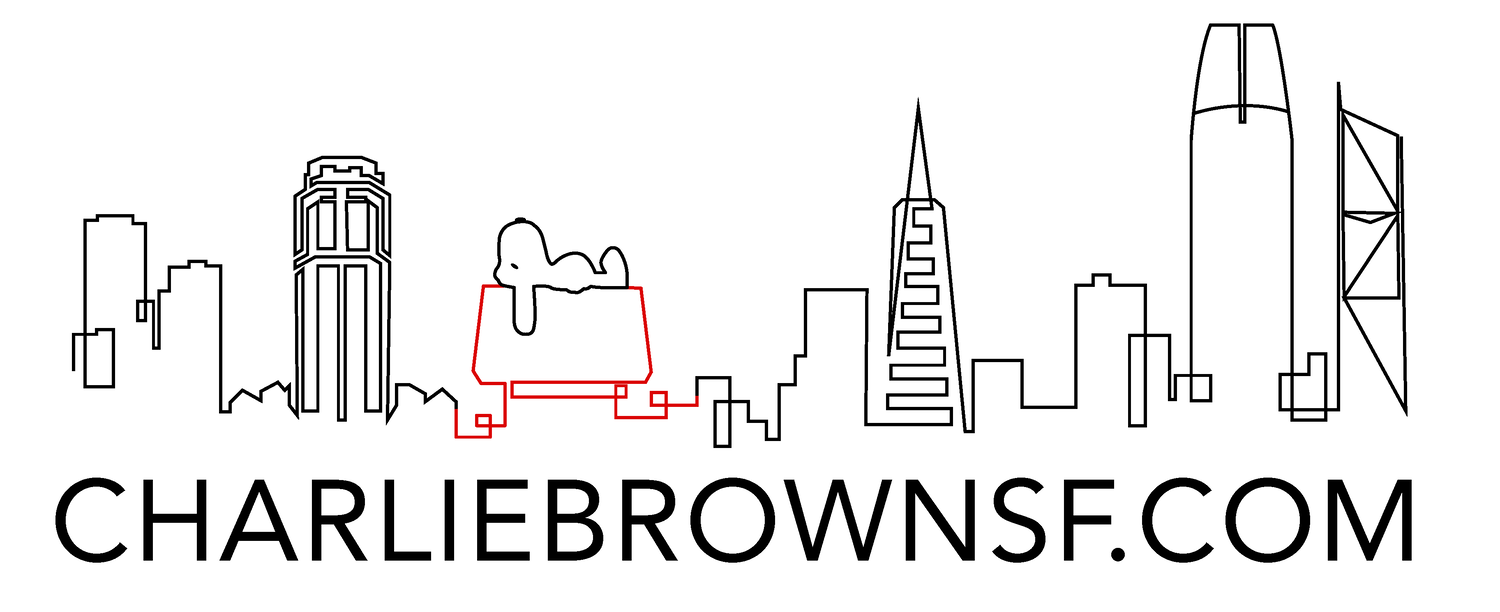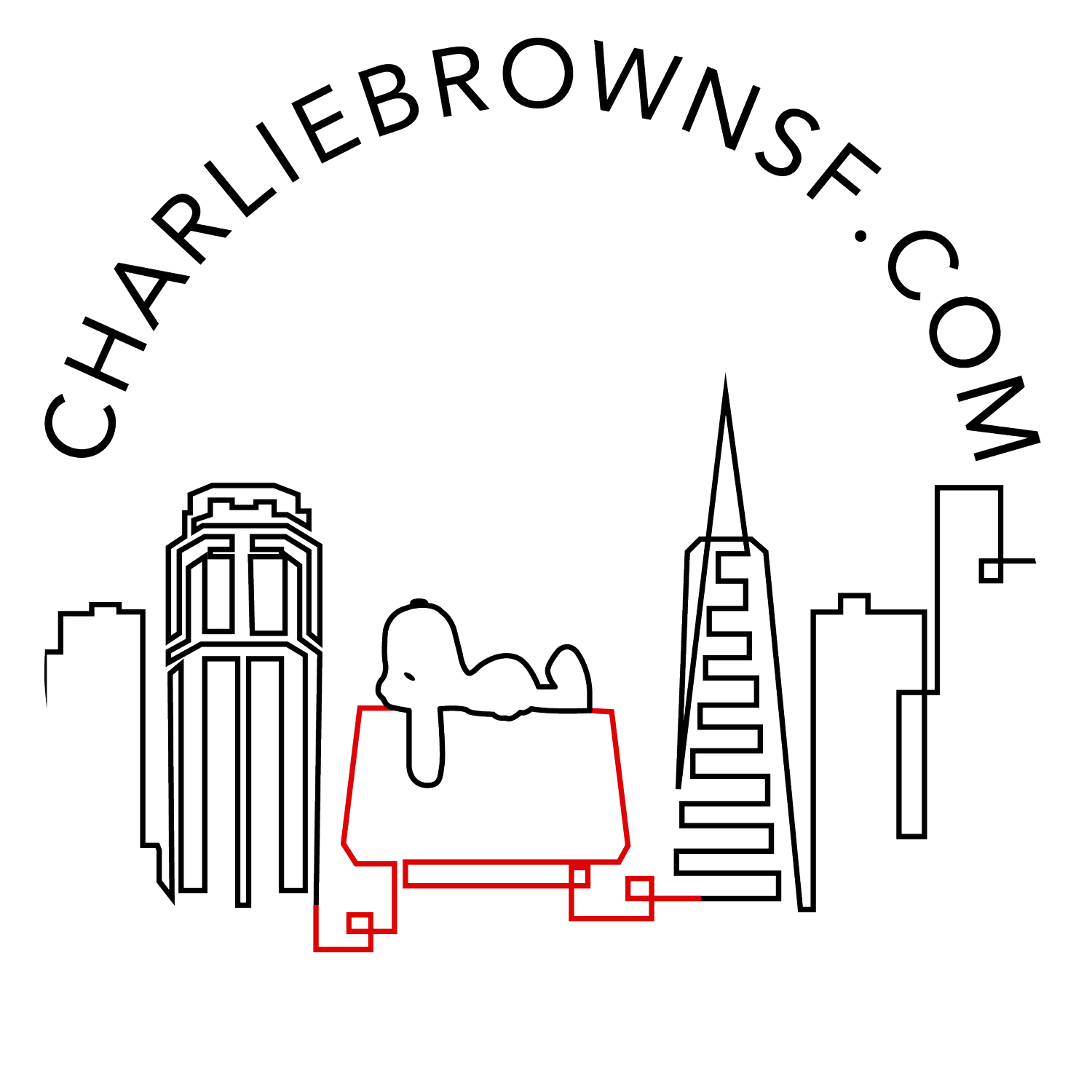Ultimate Guide to Buying Your First Home in San Francisco
San Francisco’s real estate market is competitive, but the rewards of owning property here are significant. Whether you're a family looking for a safe, vibrant neighborhood with great schools or an investor seeking long-term value, this guide will help you navigate the process.
1. Understanding the Competitive Market
San Francisco's housing market is one of the most competitive in the country. Here’s what you need to know:
Limited Inventory: Housing is scarce, especially for single-family homes, driving up prices.
Fast Pace: Properties often receive multiple offers, sometimes above asking price, so it’s essential to be ready to act quickly.
Timing: The spring and summer months typically see more listings but also more competition.
Pro Tip: Get pre-approved for a mortgage before you start your search. This shows sellers you're serious and ready to move fast.
2. Navigating Mortgage Options
The right mortgage can make a significant difference in your long-term financial health. Here are key options to consider:
Fixed-Rate Mortgages (FRMs): Ideal for buyers planning to stay long-term, offering consistent payments over 15 or 30 years.
Adjustable-Rate Mortgages (ARMs): Start with a lower rate but may adjust after a set period. These can be appealing for short-term investors.
FHA Loans: These government-backed loans require a lower down payment (3.5%) but come with limits on loan amounts in San Francisco.
Jumbo Loans: Since San Francisco's home prices exceed conforming loan limits, many buyers will need a jumbo loan. These loans often have stricter qualification requirements.
Pro Tip: Shop around for rates and consult with a local mortgage broker who understands the nuances of San Francisco’s market.
3. Finding Family-Friendly Neighborhoods
For families, choosing the right neighborhood is crucial. Some top considerations:
School Quality: Areas like Noe Valley, Glen Park, and Sunset District offer access to highly-rated public and private schools.
Parks and Recreation: Look for neighborhoods with easy access to parks, such as Buena Vista Park or Golden Gate Park, which offer great spaces for outdoor activities.
Safety: Safety is a top concern for families. Neighborhoods like Pacific Heights, St. Francis Wood, and Sea Cliff rank high for low crime rates and community safety.
Pro Tip: Use resources like the GreatSchools website and local crime maps to assess school quality and safety in potential neighborhoods.
4. Evaluating Homes: Practical Steps
When viewing properties, it’s essential to evaluate not only the home itself but also the surrounding community.
Home Condition: Inspect for structural integrity, roof age, plumbing, and electrical systems. Consider hiring an independent inspector for peace of mind.
Location: Is the home near schools, parks, public transportation, and grocery stores? Walkability can enhance both family life and long-term resale value.
Potential for Improvements: Homes in need of minor repairs or renovations can be great investments. Consider the cost of potential updates versus the market value of fully renovated homes.
Pro Tip: Don’t just rely on online listings—spend time walking around neighborhoods to get a feel for the community vibe.
5. Understanding Local Housing Trends
San Francisco’s housing market is known for its high prices, but understanding the trends can help you make informed decisions.
Price Trends: The median home price in San Francisco hovers above $1 million. Track recent sales data in your target neighborhoods to understand pricing trends.
Condos vs. Single-Family Homes: While single-family homes are in higher demand, condos may offer more affordable options, especially for first-time buyers.
Investment Potential: San Francisco real estate has historically appreciated in value. Neighborhoods undergoing revitalization, such as the Mission District or Dogpatch, can offer significant appreciation potential.
Pro Tip: Work with a local real estate agent who can provide you with up-to-date data on neighborhood trends and potential appreciation rates.
6. Managing Costs: Property Taxes and Closing Fees
Buying a home in San Francisco comes with costs beyond the purchase price.
Property Taxes: San Francisco property taxes are typically 1.18% of the assessed value. This will vary if you're purchasing a new home or a resale.
Closing Costs: These usually range between 2% and 5% of the purchase price and include fees for title insurance, escrow, and loan origination.
HOA Fees: If you're buying a condo, factor in monthly Homeowner Association (HOA) fees. These can range from a few hundred to several thousand dollars per month.
Pro Tip: Budget for all these additional costs upfront so you're not caught off guard at closing.
7. School Quality, Safety, and Community Activities
For families, finding a neighborhood that offers top-tier schools, safety, and activities is key:
Top School Districts: Areas like Noe Valley and Pacific Heights are known for highly rated public and private schools.
Community Safety: Use tools like neighborhood crime data reports to ensure the area has low crime rates and a strong community watch presence.
Community Events and Activities: Neighborhoods like Hayes Valley and Bernal Heights offer regular farmer's markets, family-friendly festivals, and local events that foster a sense of community.
Pro Tip: Consider visiting local community centers or libraries to get a feel for community involvement in the area.
8. Long-Term Value of San Francisco Real Estate
While San Francisco real estate is expensive, it’s also a strong investment for the future.
Appreciation: Despite occasional market fluctuations, San Francisco real estate has appreciated over the long term, making it an excellent investment for building generational wealth.
Rental Market: San Francisco’s robust rental market offers potential for supplemental income if you decide to rent out your home.
Future Growth: Neighborhoods near tech hubs or undergoing redevelopment, such as SOMA or Mission Bay, offer long-term growth potential.
Pro Tip: For long-term value, focus on neighborhoods with strong future development plans and proximity to public transportation and job centers.
9. Final Steps to Homeownership
The final stages of buying your first home involve:
Making an Offer: Your real estate agent will guide you through crafting a competitive offer, factoring in price, contingencies, and closing timeline.
Inspections and Appraisals: Once your offer is accepted, conduct a home inspection and appraisal to confirm the property’s value and condition.
Closing: Review all documents carefully, including your loan agreement, property title, and closing disclosure, before signing.
Pro Tip: Stay in close contact with your real estate agent and lender to ensure a smooth closing process.
Buying a home in San Francisco can be challenging, but with careful planning, you’ll be making a sound financial decision that benefits your family for years to come. As you navigate this exciting journey, focus on long-term value and the lifestyle benefits of living in one of the most dynamic cities in the world.


